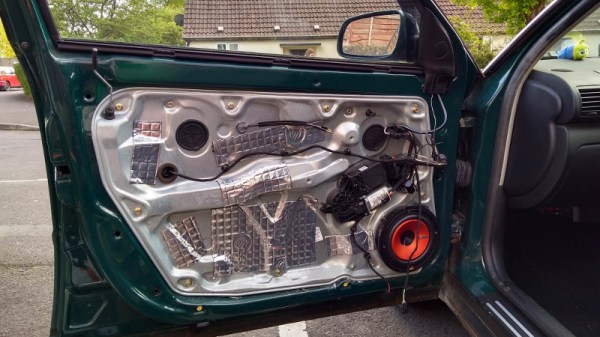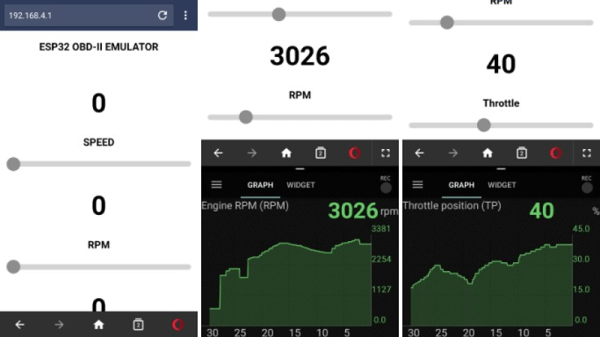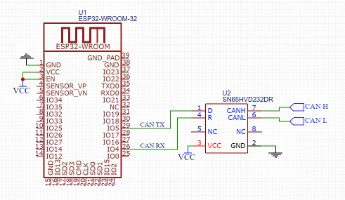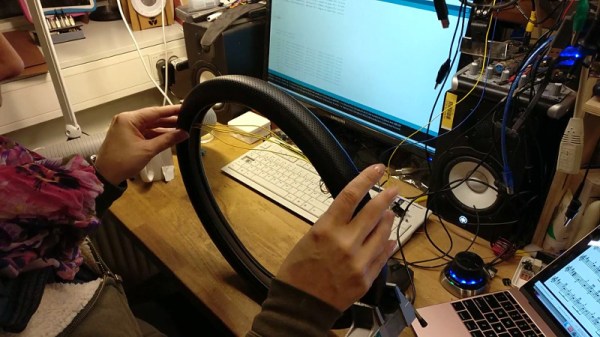If you’ve been on the Earth for a couple of decades or more, or have just grown up riding around in some older metal, you’d know that cars can be incredibly noisy. If you’re unfamiliar, buy yourself a nice car like a 2000 Honda Civic, strip out all the carpet and interior panels, and go for a drive. Huge amounts of research and development have gone into making modern cars as quiet and comfortable as possible. Through the correct use of sound deadening materials and techniques, a car can be made much quieter and audio quality from the sound system can be improved too. [camerajack21] decided to get to work on their Volkswagen to see what could be done.
The project in question pays special attention to the door panels. These are where the primary speakers are housed, and there were issues with rattles if the speakers were allowed to operate at frequencies below 100 Hz. Weather stripping, foam, and improved fasteners were pressed into service to reduce this issue.
Think of a musical bell. If you touch a small part of the bell with just your finger, it no longer can ring true. You don’t need to wrap your entire hand around a bell to keep it from ringing. Your finger is not absorbing sound, just preventing the bell from ringing.
Focus then moved to the body panels. Special sound deadening material (in this case, Silent Coat brand) was then applied to the insides of the doors and trunk to bring the sound level down. The key to effective application of such materials is not to waste money covering entire panels – the Reddit comments are particularly enlightening here. It only takes a small amount of material to stop a panel from vibrating, with most testing suggesting anymore than 30% coverage of a panel brings diminishing returns.
With your car’s sound environment tidily improved, you might be looking for ways to improve your sound system. There’s plenty of ways to go about it – you can even use guitar effects.


















